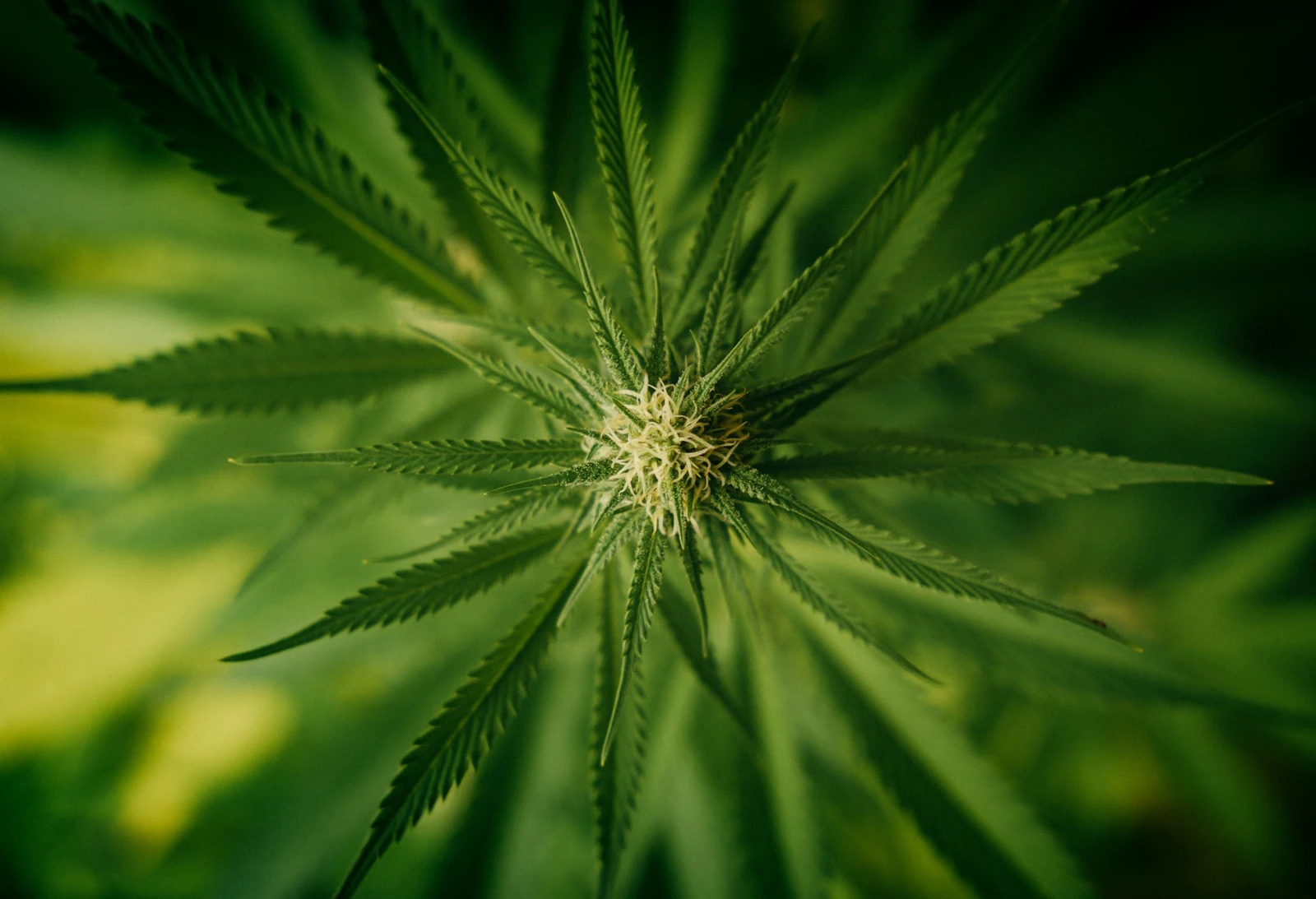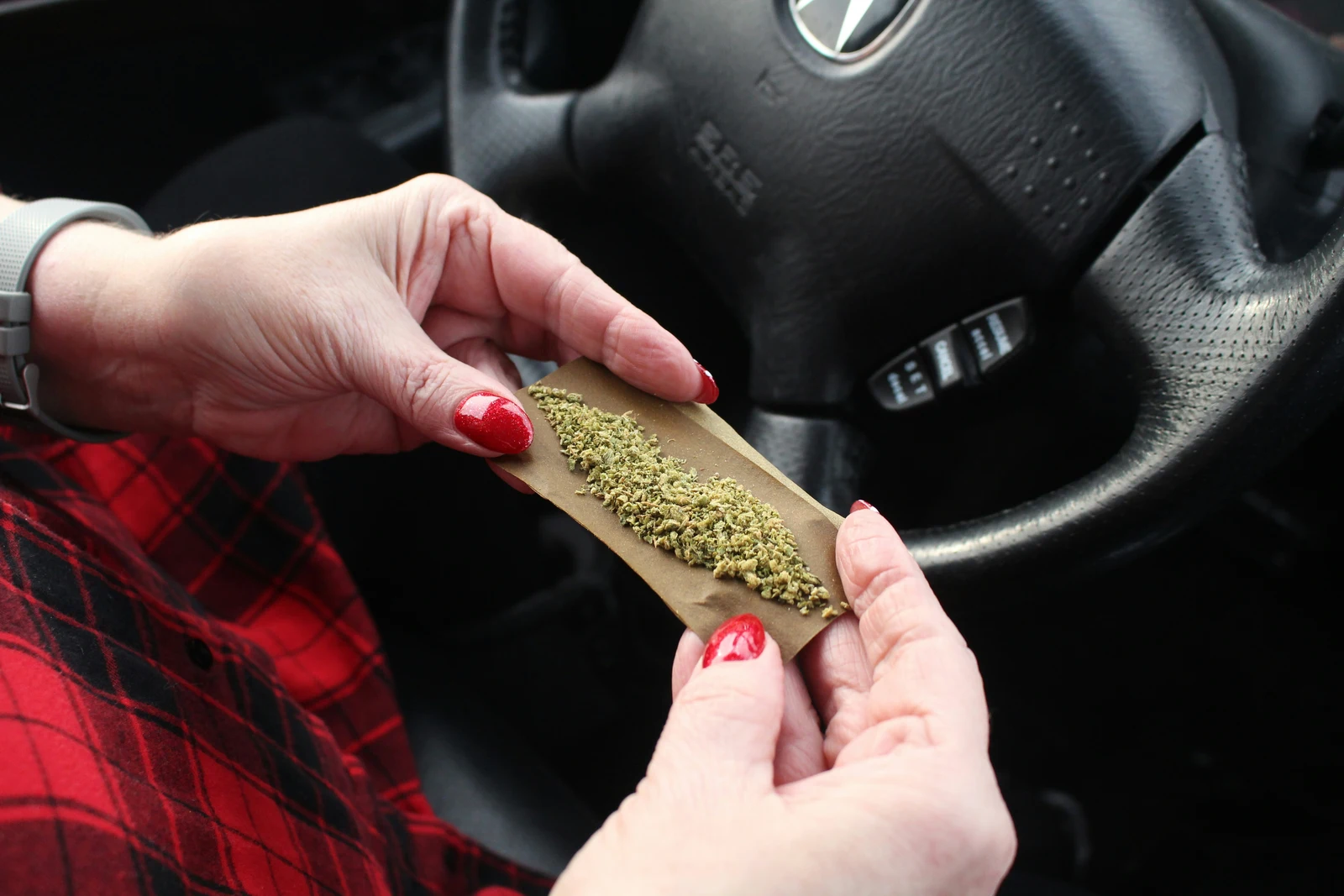Substances | 3 min read
How Long Does Being High Last For?
Medically Reviewed By

May 12, 2025
Written By
On May 12, 2025

What you will learn
- Being high refers to an altered mental and physical state after consuming substances like cannabis, alcohol, or other drugs, with effects varying widely by substance type.
- Different substances create distinct high durations - from 30 minutes with cocaine to 8-12 hours with LSD or cannabis edibles.
- Personal factors, including body weight, metabolism, tolerance, consumption method, and dosage, significantly impact how long a high lasts.
- Making informed decisions about substance use requires understanding duration effects to plan activities and avoid dangerous situations like driving while impaired.
- Safety considerations when using mind-altering substances include never driving impaired, avoiding mixing substances, starting with low doses, and having sober support present.
Understanding how long drug effects last is important for safety. Many factors affect how long a high lasts. Knowing what to expect helps people make better choices about when and where to use substances. The duration varies for each person based on several factors, including the specific substance used.
Learning about these differences can help people prepare properly and avoid unexpected situations. This knowledge is especially important for those who need to drive, work, or handle other responsibilities after using substances.
What Does it Mean to Be High, Exactly?
Being high refers to the altered state of mind and body that occurs after consuming mind-altering substances.[1] This experience varies widely depending on what substance is taken. Drugs like cannabis, cocaine, or psychedelics create distinct “high” sensations, with effects ranging from relaxation and euphoria to hallucinations and altered perceptions. Similarly, alcohol produces its form of intoxication, commonly known as being drunk, which typically involves reduced inhibitions, impaired coordination, and altered judgment.
Both drug and alcohol highs temporarily change how a person thinks, feels, and behaves, affecting everything from sensory perception to emotional responses.[2] Depending on the substance, dosage, and individual factors, these altered states can range from mild to intense. Understanding these effects helps people recognize when they or others are experiencing intoxication and make informed decisions about substance use. The specific sensations and duration vary greatly, so knowing how different substances affect the body and mind is important.
Substance Effects and Duration: The Timeline of a High
The length of a high depends on the substance and several personal factors:[3]
- Cannabis: Starts within minutes, can last several hours
- Alcohol: One to three hours per drink
- Cocaine: Immediate effects, fades within 15-30 minutes
- MDMA/Ecstasy: Starts in 20-60 minutes, lasts 3-6 hours
- LSD: Varies/Unknown
- Psilocybin mushrooms: Varies/Unknown
- Heroin: Quick effects, lasts several hours
- Methamphetamine: Lasts 4-12 hours
- Prescription opioids: Varies by medication
What Factors Can Affect This?
Several physical characteristics significantly influence how long substances affect the body. Body weight and composition directly impact drug distribution, with larger individuals generally requiring more of a substance to achieve the same effects as smaller people.[4] Metabolism rate and liver function determine how quickly the body processes and eliminates substances, with faster metabolisms typically resulting in shorter durations of intoxication.
Tolerance level, developed through repeated use, often leads to diminished effects and potentially shorter high durations as the body adapts, such as for the effects of cannabis. Method of consumption creates different onset times and duration patterns – inhaled substances typically act quickly but fade faster compared to orally consumed options.[5]
The circumstances surrounding substance use play equally important roles in determining duration. Dosage amount directly correlates with how long effects persist, with higher doses typically extending the experience. Food in the stomach, particularly before drinking alcohol, can significantly slow absorption rates and alter the intensity and duration of effects. Hydration level affects how efficiently the body processes and eliminates substances, while overall health conditions may impair processing capabilities.
Genetic factors, particularly those related to enzyme production involved in metabolizing substances, create natural variations in how individuals process different drugs.[6] Understanding these variables helps explain why the same substance can produce dramatically different durations of effects in different people or even in the same person under different conditions.
Sobriety Is The Only Safe Substance Use
Abstaining from substance use and pursuing sobriety is the only safe substance use plan, we recognize this requires help, treatment, and guidance.
Additionally, self-awareness and having friends around are crucial resources when using substances. Pay attention to physical responses, as factors like body weight, existing health conditions, and medications can significantly alter the high duration.
Seek reliable information from health resources to understand more accurate expectations and recovery solutions. Do not rely on potentially misleading anecdotal experiences from friends or online sources.
What To Do In The Event of An Overdose
If you or someone you know is experiencing an overdose, immediately call 911 or get to the nearest emergency room. The effects of some substances can be reversed with Narcan, and if there is any on hand, use that.
Important Precautions Related To Substance Use
Using substances that alter consciousness carries significant risks that require careful consideration. Safety should always be the primary concern when using any substance that changes perception, judgment, or physical coordination. Understanding these risks helps reduce the potential for negative outcomes and promotes healthier choices. Being prepared with knowledge and planning can make a substantial difference in avoiding dangerous situations.
- Never drive impaired: Substances affect coordination, reaction time, and judgment – even when you feel “fine” to drive
- Know your source: Verify what you take to avoid contaminated or mislabeled substances
- Avoid mixing: Combining different substances can create unpredictable and dangerous interactions
- Have a sober friend: Someone who can help if situations become difficult
- Stay hydrated: Drink water regularly, particularly with substances that can cause dehydration
- Keep emergency contacts: Have phone numbers readily available if help is needed
- Recognize warning signs: Learn symptoms of adverse reactions requiring medical attention
Frequently Asked Questions About Cannabis and How Long a High Lasts
The onset of cocaine’s euphoric effects or a high depends on how it’s taken. However, the faster the onset, the shorter the duration. The euphoric high from snorting cocaine may last from 15 to 30 minutes, while smoking may last only 5 to 10 minutes.[7]
Methamphetamine use elicits a powerful, short rush for 5 to 30 minutes, and the sense of euphoria can last anywhere from 6 to 12 hours.[8] These factors heavily influence the serious potential for addiction this drug carries.
When smoking cannabis, the effects typically begin within minutes as THC enters the bloodstream through the lungs. For most people, a cannabis high from smoking lasts approximately 2-3 hours, with peak effects occurring within the first hour. However, some residual effects may be felt for up to 6 hours. Regular users often experience shorter durations due to tolerance, while first-time users might feel effects longer.
Edibles produce a longer high because THC is processed differently when ingesting cannabis products.[9] When consumed orally, THC must pass through the digestive system and liver, where it’s converted to 11-hydroxy-THC, a more potent compound that creates stronger and longer-lasting effects. This process, along with slower absorption, typically results in a high lasting 6-8 hours, sometimes extending to 12 hours with higher doses or for individuals with slower metabolisms.
The method of consumption significantly impacts duration around the effects of THC and cannabidiol:[10]
- Smoking/vaping: 2-3 hours (quickest onset, shorter duration)
- Dabbing THC concentrates: 2-4 hours (intense but relatively short)
- Cannabis edibles: 6-12 hours (slowest onset, longest duration)
Cannabinoids interact with receptors differently depending on how they enter the body, which affects both potency and duration of effects.
Several personal factors affect duration:
- Metabolism and body composition
- THC content and cannabinoid profile of the product
- Tolerance level from regular cannabis use
- Dosage amount (low dose vs. high doses)
- Other substances consumed simultaneously
- Individual brain chemistry and endocannabinoid system
- Full vs. empty stomach (particularly relevant for edibles)
- Overall health status and liver function
These variables explain why the duration of the high can vary significantly between individuals using identical products.
Impairment from cannabis can last significantly longer than the subjective feeling of being high. THC levels in the bloodstream don’t directly correlate with impairment levels. Research indicates cognitive and motor skill impairment can persist for up to 24 hours after heavy use, even when users no longer feel high.[11]
Wait at least 6-8 hours after smoking and 8-12+ hours after edibles before driving. For regular users or after high doses, waiting 24 hours is safest. No amount of coffee, water, or food speeds up this process significantly. Always err on the side of caution and use alternative transportation if uncertain.
Ascendant New York Editorial Guidelines
Here at Ascendant New York, we understand the importance of having access to accurate medical information you can trust, especially when you or a loved one is suffering from addiction. Find out more on our policy.
[1] National Cancer Institute. (2011, February 2). https://www.cancer.gov/publications/dictionaries/cancer-terms/def/psychoactive-substance. Www.cancer.gov. https://www.cancer.gov/publications/dictionaries/cancer-terms/def/psychoactive-substance on March 6, 2025
[2] NIAAA. (2023, September 22). Neuroscience: The Brain in Addiction and Recovery | National Institute on Alcohol Abuse and Alcoholism (NIAAA). Www.niaaa.nih.gov. https://www.niaaa.nih.gov/health-professionals-communities/core-resource-on-alcohol/neuroscience-brain-addiction-and-recovery on March 6, 2025
[3] States of Jersey. (2020). Government of Jersey. Gov.je. https://www.gov.je/Health/AlcoholDrugs/pages/drugseffects.aspx on March 6, 2025
[4] UQ eSpace. (2025). Uq.edu.au. https://espace.library.uq.edu.au/view/UQ:e612f61 on March 6, 2025
[5] Clinic, C. (2024). Inhalants: What They Are, Side Effects & Types. Cleveland Clinic. https://my.clevelandclinic.org/health/articles/inhalants on March 6, 2025
[6] National Institute on Drug Abuse. (2023, March 22). New NIH study reveals shared genetic markers underlying substance use disorders. National Institute on Drug Abuse; National Institute on Drug Abuse. https://nida.nih.gov/news-events/news-releases/2023/03/new-nih-study-reveals-shared-genetic-markers-underlying-substance-use-disorders on March 6, 2025
[7]U.S. Department of Health and Human Services. (2024, September 27). Cocaine. National Institutes of Health. https://nida.nih.gov/research-topics/cocaine#short-term
[8]Yasaei, R. (2023, May 1). Methamphetamine. StatPearls [Internet]. https://www.ncbi.nlm.nih.gov/books/NBK535356/
[9] Edibles: How long do they last? (2020, March 30). Www.medicalnewstoday.com. https://www.medicalnewstoday.com/articles/how-long-do-edibles-last on March 6, 2025
[10] Inhaling vs Ingesting INHALING. (n.d.). https://www.ccsa.ca/sites/default/files/2019-06/CCSA-Cannabis-Inhaling-Ingesting-Risks-Infographic-2019-en_1.pdf on March 6, 2025
[11] Crean, R. D., Crane, N. A., & Mason, B. J. (2011). An Evidence-Based Review of Acute and Long-Term Effects of Cannabis Use on Executive Cognitive Functions. Journal of Addiction Medicine, 5(1), 1–8. https://pmc.ncbi.nlm.nih.gov/articles/PMC3037578/ on March 6, 2025




